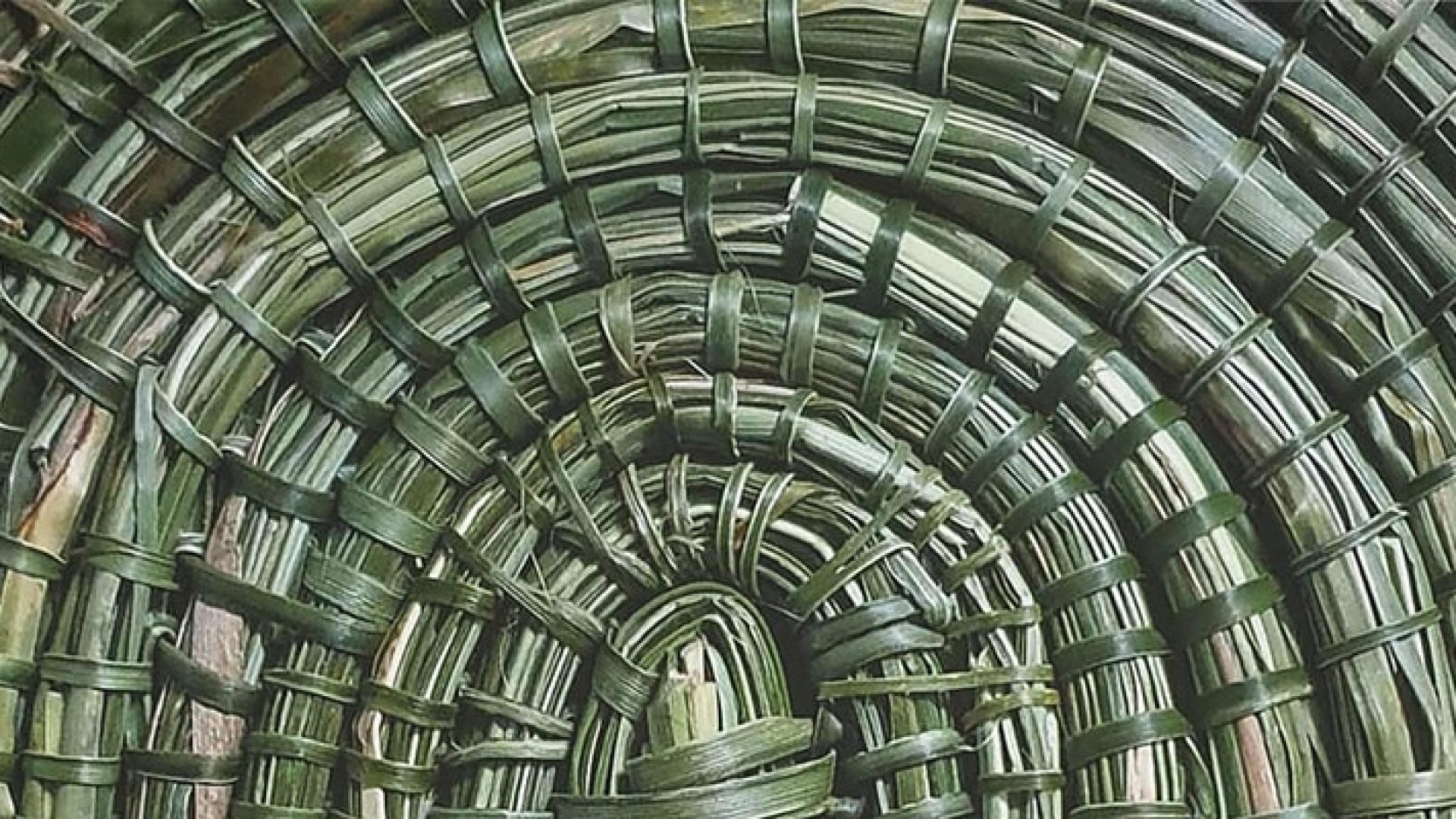A yarn about weaving with Gabi Briggs Past Event
Presented by The Melbourne School of Design x Museums & Collections
Tickets
Dates
12:00 pm – 1:00 pm
12:00 pm – 1:00 pm
Venue

A yarn about weaving with Gabi Briggs Past Event
Presented by The Melbourne School of Design x Museums & Collections
Join Anaiwan & Gumbayngirr weaver Gabi Briggs outside at the University of Melbourne’s Parkville campus as she talks about her practice, her love for the plant lomandra and a demonstration on how to begin a weave. This event will take place across the University of Melbourne’s Parkville campus. We invite you to meet on the Concrete Lawn, outside the Melbourne School of Design (Glyn Davis Building).
“The experience of weaving is bigger than the technique or the final woven basket, bag, mat or trap. It also offers big lessons on sustainability and the importance of centring Indigenous knowledge in the fight for climate justice – something we all know is critical for our collective survival (me, you, Country and fauna kin).”
These events are part of the Festival of Publicness, a collaboration between Museums and Collections and Melbourne School of Design (MSD) for Melbourne Design Week culminating in a daylong program of short talks, workshops and music at MSD at the University of Melbourne’s Parkville campus on 26th March 2022. Join us for a guided weaving workshop led by Gabi Briggs throughout the day, alongside talks exploring what it means to embrace Publicness across design, art, and architecture from indigenous and non-indigenous perspectives.
Participants
Gabi Briggs is an Anaiwan & Gumbaynggirr gedyura (woman) who works on community building projects and is a research-based artist working within a diverse range of mediums, primarily photography, weaving and zine-making. Her community work has led her art practice into deep contemplation about colonial harm on kin and country, which has resulted in her eliciting a dialogue about truth-telling and a return to Indigenous Knowledge systems. She intends that the dialogue moves outside the gallery (or publication) and into communities to prompt transformative justice.